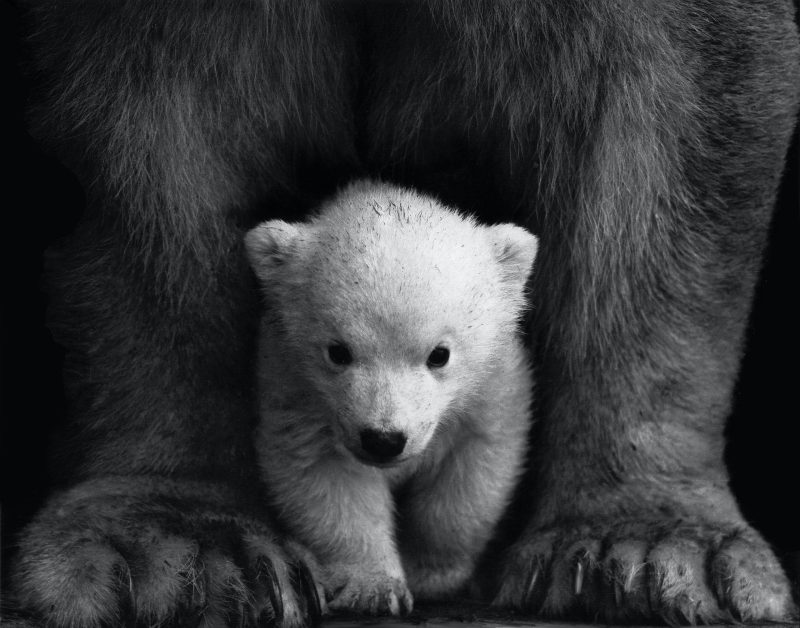Humans are inevitably dependent creatures and must fulfill their basic needs to survive and thrive. Abraham Maslow, in his famous basic needs hierarchical theory, stated that there are several basic needs that humans need to achieve.
The lowest need is physiological, which refers to things humans need to survive. Next is safety, followed by love and belongingness. An individual’s safety needs are expressed as a desire to feel physically, emotionally, socially, and psychologically safe at all times. Belonging and loving needs refer to the emotional desire for interpersonal connections and community, such as friendship, intimacy, trust, acceptance, affection, and being loved.
To fulfill their safety and belongingness needs, human beings need to form emotional bonds in several situations with significant people in those conditions. Children need an emotional bond with their parents to survive, grow, and be loved. While couples must form an emotional bond to ensure the relationship is thriving. This kind of emotional bond is commonly called attachment.
This article will guide you through what attachment is, how it is essential in relationships, and the different types that might need to work out in any relationship.
What is attachment?
Attachment in psychology is theorized alongside relationships and bonds between people. The theory focuses on long-term relationships and bonds, including the ties and bonds between parents and children or couples.
The basic theory of attachment suggests that people are born with the need to form close connections with their caregivers as children. It will influence and impact how they will form relationships in the future (Bowlby, 1969). The same research postulated four main characteristics of forming an attachment between two significant people:
- Proximity maintenance: The desire to be near the people to whom the subject is attached.
- Safe haven: Making and returning to the attachment figure for comfort and safety in the face of a fear or threat.
- Secure base: The attachment figure acts as a secure base from which the child can explore the surrounding environment.
- Separation distress: Anxiety that occurs in the absence of the attachment figure.
These characteristics mainly describe children and their caregiver attachment bond. Research shows that attachment in children may affect how a person will form relationships and romantic attachments in their romantic relationships (Dinero et al., 2008).
People with secure attachment styles in childhood have happier, longer-lasting relationships than those with insecure attachment styles (Banse, 2004).
In addition, according to many researchers, people with a secure attachment style may be better at managing their emotions than people with an insecure or avoidant attachment style, which tends to suppress or deactivate their emotions, and individuals with insecure/anxious attachment styles, who tend to present heightened emotional reactions (Santona et al., 2019).
Types of Attachment
Adapting to Bowlby’s theory of attachment, some types of attachment might happen, both in children-parent and romantic relationships. In the original theory of attachment, there are two major parts of attachment: secure and insecure.
Secure attachment
Secure attachment is characterized by a strong bond formed between the person and their significant other. In child-parent attachment, secure attachment refers to how a child feels safe and secure with their parents and seeks comfort whenever they feel frightened (Benoit, 2004).
This attachment style results in the comfort of expressing their feelings, including their love and negative emotions. The same principle also applies to adult romantic relationship attachment.
Couples with secure attachment typically display openness when expressing emotions and thoughts with others and are comfortable depending on others for help and relying on others (Cassidy, 1994). The relationship will run into a healthy state because they have full confidence and trust in their partner, who is always present.
A romantic partner can act as an attachment figure and become a source of comfort and security for the other person in the relationship. This can be attained through supportive behavior, positive affirmations, or unconditional care and love to soothe and comfort in healthy give-and-take reciprocality (Mikulincer, 2006).
Insecure attachment
This attachment style is basically the negative emotional bond that happens due to repeated negative experiences (Lee & Hankins, 2009).
The researchers stated that insecure attachment does not directly cause psychopathology issues, but it is proven to have significant contributions, like contributing to cognitive vulnerability to depression and anxiety, as well as maladaptive relationship dynamics. Below are three major types of insecure attachment (Bartholomew & Horowitz, 1991):
Fearful-avoidant
This is characterized by a sense of unworthiness (unlovability) and an expectation of rejection and untrustworthiness. In this style, people avoid close contact with others to avoid expected rejection and cannot trust another person to give them affection.
A person with this type of attachment may show confusing behavior to friends and romantic partners. At first, this type of person encourages closeness but withdraws emotionally or physically when they feel vulnerable — an attempt to protect themselves against anticipated rejection.
Preoccupied
In this style, one feels unworthy (unlovable) but evaluates others positively. When this combination of characteristics is present, the person will strive to be accepted by others to gain self-acceptance.
Consequently, they will continuously seek reassurance and validation from others, and sometimes people who adopt this attachment style will be seen as ‘needy’ or ‘clingy.’
Dismissing-avoidant
This attachment style is characterized by a sense of love-worthiness and a pessimistic outlook toward others. By avoiding close relationships and retaining a sense of independence and invulnerability, such people shield themselves against disappointment.
How to overcome insecure attachments
While insecure attachments have the massive potential to contribute to unhealthy relationships, you always have options to overcome insecure attachments as a fully-grown adult. No one can control the condition and circumstances of growing up, yet people can make an effort to form healthy relationships as adults.
Insecure attachments mostly stem from negative experiences in childhood and are continuously reflected in adulthood. The first thing to overcome it is to acknowledge the childhood experiences you may have experienced.
You may also talk to professionals and seek helpful advice, especially when you want to start a serious commitment with your partner.
While you are seeking professional advice, it is good to train yourself to trust and feel confident in your partner. Try to break down practical habits to apply with your partner, like having deep conversations every night, maintaining healthy, direct, and honest communication, or asking for help from your partner whenever you need it.
In conclusion
Attachment plays a vital role in human relationships, and there is no exception to adult romantic relationships. Moreover, attachment styles in a relationship will predict how the relationship’s dynamic will progress, either in a healthy or unhealthy way.
There are four attachment styles: secure, fearful-avoidant, preoccupied, and dismissive-avoidant. The first one is the healthy and ideal type of attachment, and the other three are potentially unhealthy. To overcome insecure attachment, taking steps like acknowledging childhood experiences, seeking professional help, and building new healthy habits can help form a healthy attachment in the relationship.
If you would like to see more resources on intimate relationships, visit the Personal Science Labs. The lab uses the research of the Institute for Life Management Science to produce courses, certifications, podcasts, videos, and other tools. Check out the Personal Science Labs today.
Photo by Robert Anthony Carbone on Pexels


